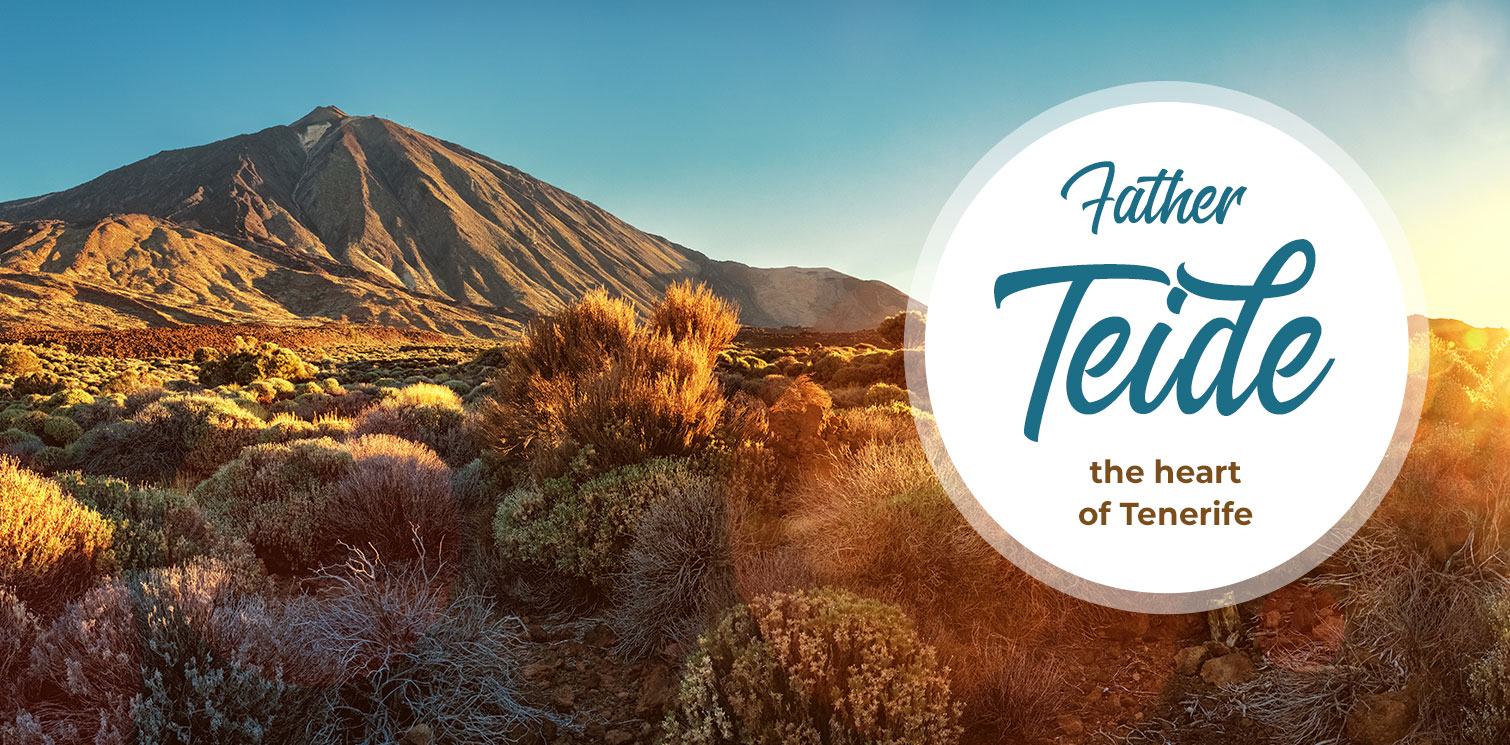The Teide has two really special things: the longest shadow in the world projected on the sea and the pyramidal silhouette of its peak despite not being a cone. It is a matter of perspective. The inclination of the sun’s rays are almost parallel to the horizon, so the shadow lengthens by deforming the shape of the Teide and turning it into a perfect cone.
The Teide, or Father Teide as we call it, is a dormant volcano located on Tenerife’s island with 3718 m. height. Yes, huge. The highest peak in Spain and from its base (7500m), the third of the earth. Moreover, it is part of the National Park that bears his name, declared a World Heritage Site by UNESCO in 2007.

For the Guanches, aboriginal people of Tenerife, the volcano was called Echeyde, which meant hell. Legends say that Guayota, a demon that frightened the Guanches, was locked inside the volcano by Achaman, a good god. Hence it was conceived as the mountain that harbors the evil of Tenerife’s ancestors. Knowing this, it could even lose it’s beauty a little.
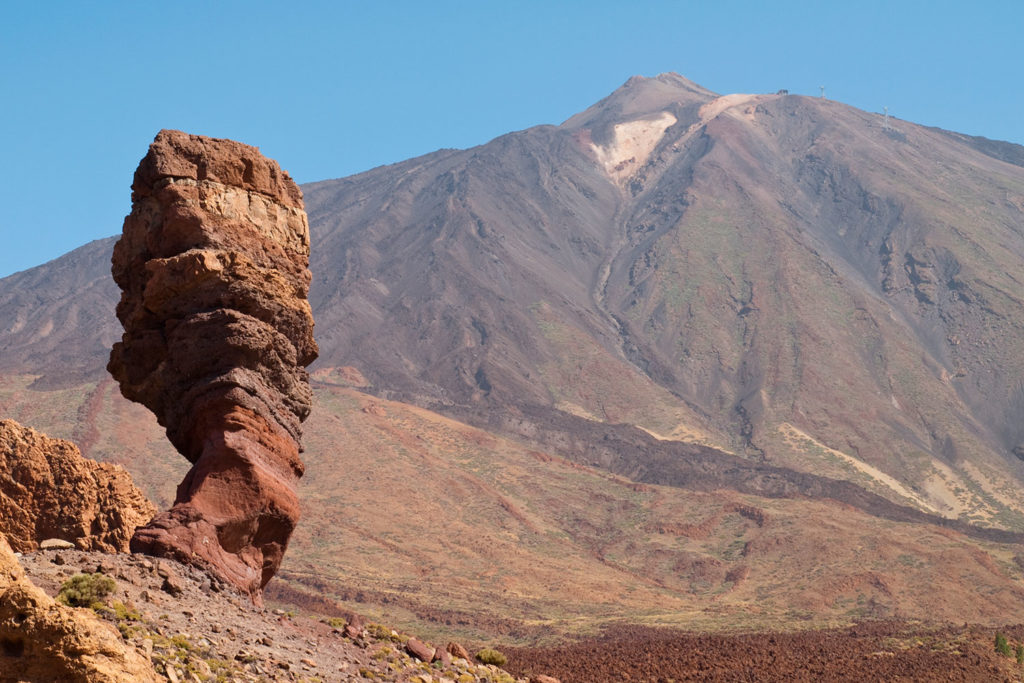
But we cannot deny it is a charming place. In fact it appeared on thousands of peseta’s bills, antique spanish currency, and it has been the scene of many movies or series like Fury of the Titans or Dr Who. Walking the roads that lead to the foot of Teide will be an experience that will leave you breathless. And not precisely because of the lack of altitude, but also because of the wide petrified lava rivers that surround the volcano.
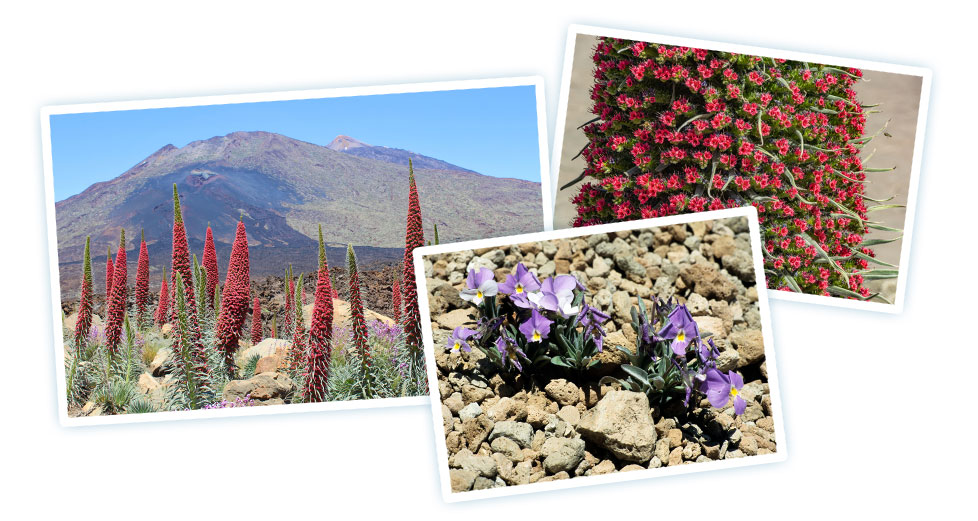
And that’s not all. If you have a vehicle, you should start on the south and end up on the north, or vice versa, to observe the natural richness of its landscape and flora. You will love the red tajinaste in spring, one of the most spectacular flowers in the world that when its seeds ripen, it dies. But we can not forget the violet of Teide, the pride of the park, only 2500 meters above sea level.
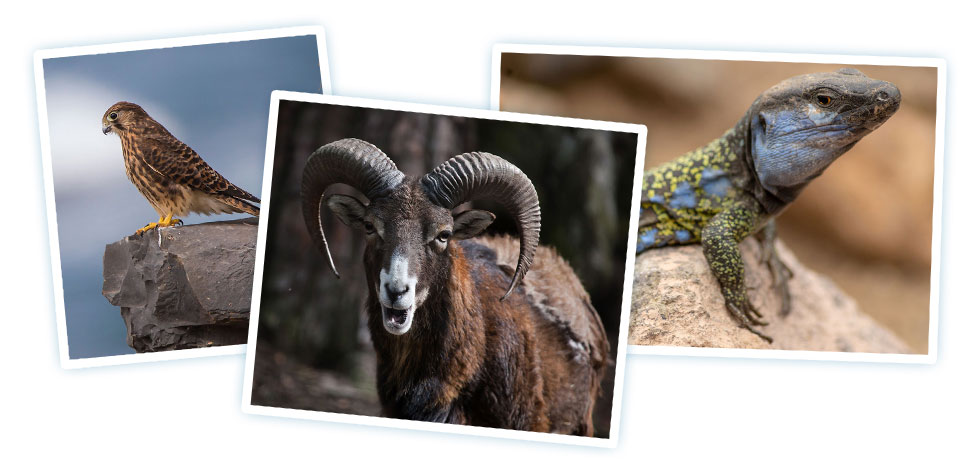
Also it’s fauna. It’s really fun to see animals that, with total security, you won’t see anywhere else. Watching and playing with the lizard blight, perenquen or liza has become one of the favorite activities for visitors.
The blue finch or kestrel could not be missed in this natural scenario. But the really fascinating thing is the mouflon of Corsica. We dare you to find one because they usually run away from humans to such an extent that they camouflage themselves with the landscape despite their size.
What to do on the Teide

Would you like to be able to climb the peak of Teide? By car you only access its “skirts”, but it is necessary to ascend many meters high to be near the peak. In this case, the Teide cable car, the highest in the country, can be your best ally.
Roundtrip tickets to the viewpoint, which is 8 minutes away, cost 27 euros for adults and 13.50 for children. We recommend that you buy them online so you don’t go to the National Park and run out of tickets. But beware of altitude sickness and dizziness, which does not give you any warning.
In addition, you can continue hiking to the crater in a journey of about forty minutes from the top of the cable car. From there you can observe the islands of Gran Canaria, La Palma, El Hierro and La Gomera. But to ascend to the place you must ask for a free special permit, one or two months in advance. It is much requested. Are you going to miss the opportunity to be in the highest place you will probably visit in your life? Flying in a plane does not count.
If you spend the night in the Altavista Refuge, you will not need to process the access permit to the Pico del Teide. But you must have left the path before nine in the morning. What does it mean? Simple: wake up early and visit it and leave as soon as possible! it will be worth it.
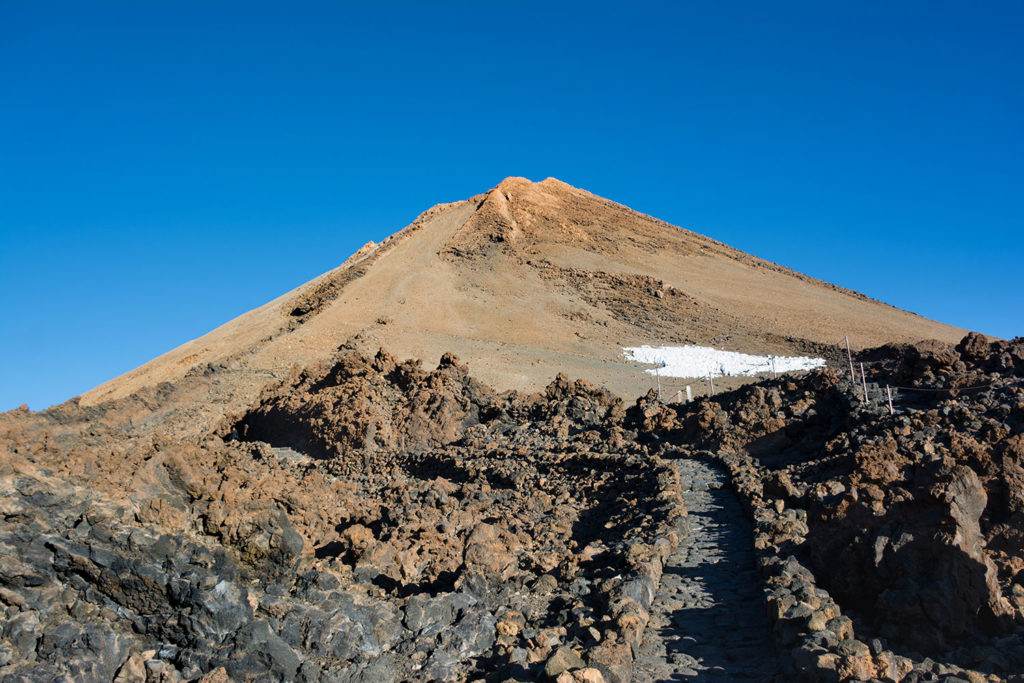
Likewise, if what you want is to maintain direct contact with nature, do not hesitate to walk some of the numerous trails of the Teide National Park. You will have the opportunity to track self-guided routes or with the accompaniment of professional guides. For more information, you will have to contact the National Park Visitor Center.
The following guided routes depart from the Portillo Office:
-Black Sands 2 h. – 2 h. 30 min.
-La Fortaleza 3 h. 30 min.
-Green Risco 3 h.
From the Visitor Center of Cañada Blanca:
-Roques de García 2 h. – 2 h. 30 min.
-Degollada de Guajara 3 h. 30 min.
-Guajara 5-6 h.
The following guided route starts from both points:
-Seven Cañadas (one way) 4-5 h. (one way).
For more information, the Canary Islands Government provides more details about the routes. Although if you prefer to do it alone, you will also have the different paths perfectly marked.
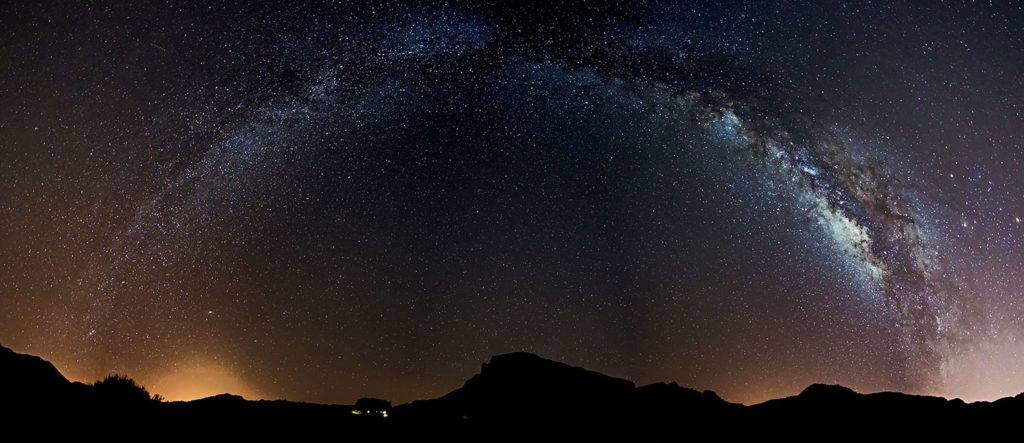
Here’s a question. Don’t you feel like watching the starry sky like in the movies? Do you know where you can do it? Yes. On the Teide. One of the most beautiful and clear skies, from where you will best see the rains of stars. Volcano Teide organizes activities such as stargazing or visiting the Astrophysical Institute of the Canary Islands, one of the most important in the world. With guided tours in Spanish, English and German, a prior reservation will be necessary for the visit.
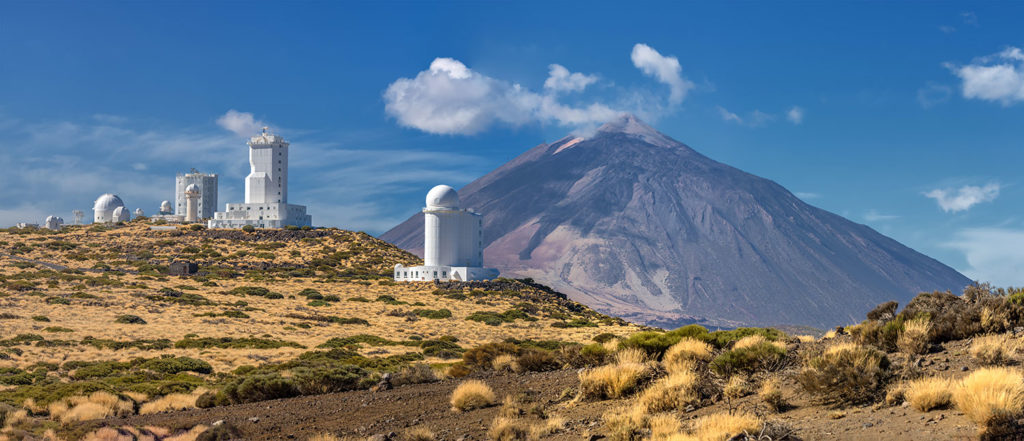
In the park there are two Visitor Centers, open every day of the year, except December 25 and January 1, from 9 to 16 hours. The one from Portillo shows the geological history of the Park, and the one of Cañada Blanca, shows the interaction and influence between man and Teide. With the first one, you can also contemplate species of high canary mountain difficult to see in their natural environment.
Where to stay in Teide
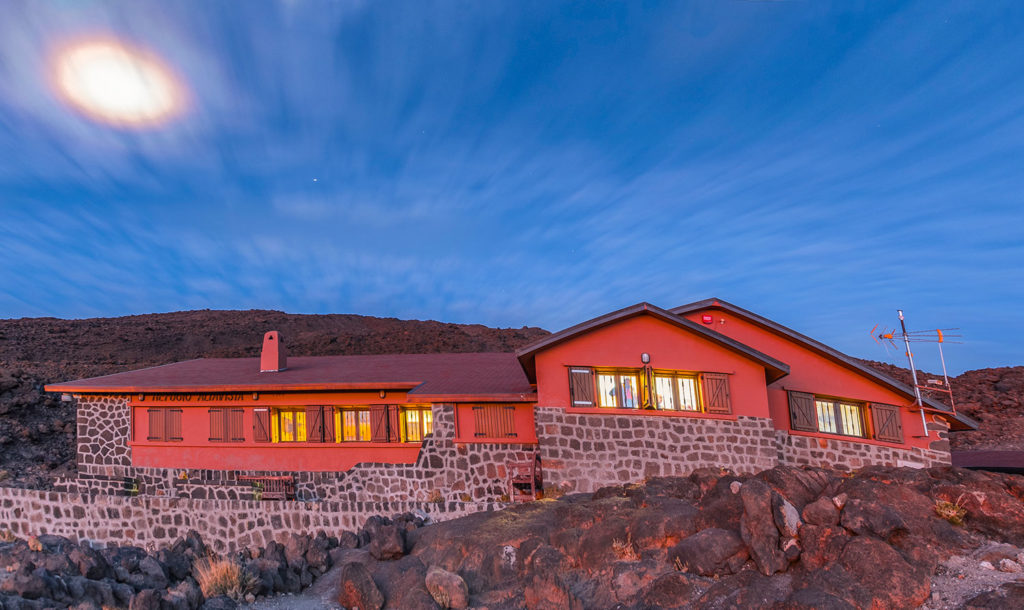
If you want to stay near the highest peak in Spain, you can do so at the Parador de Las Cañadas del Teide, a traditional house in the heart of the park. But would you like to rest in the mountains? You may. In the Altavista Refuge, which is 3270 m. altitude, you can only sleep for one night for approximately 20 euros depending on the time of year.
Where to eat in Teide
On the way to Teide National Park from the north or south, you can find different restaurants to eat. Even if you have something prepared, you can stop at one of the many recreational parks with wooden tables and benches, enjoying nature. If you bring bread and sausage, do not forget the knife, which is always missing.
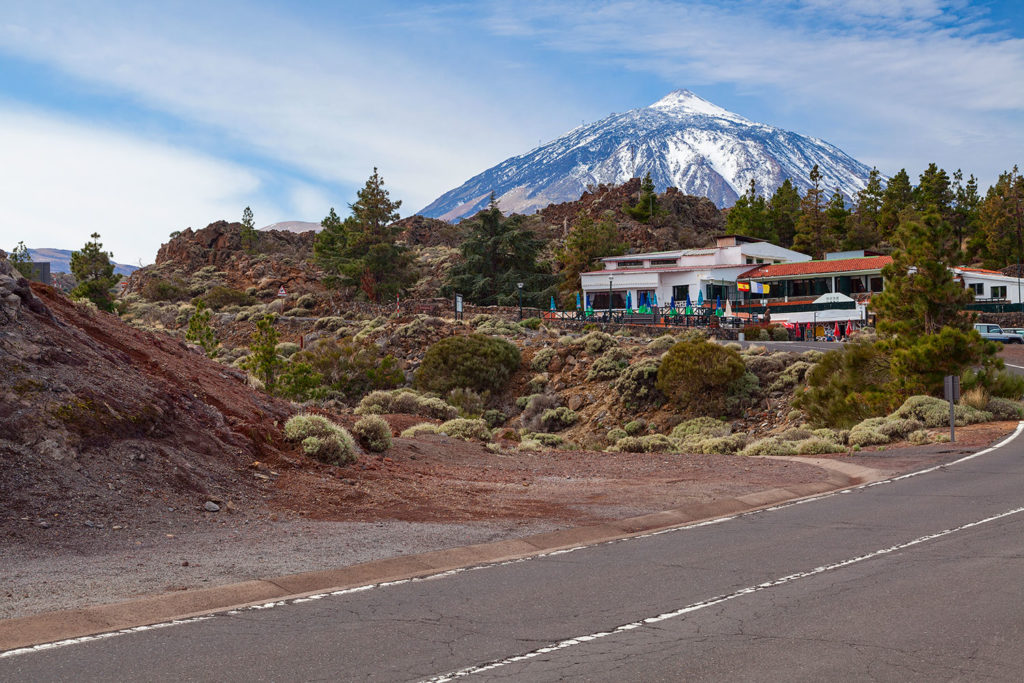
But if you want to eat inside the park, you can stop at any of the restaurants located at the entrance and exit of it. Some of the most requested are El Portillo and Papillon, both located in the northern part. In them you can taste authentic typical Canarian food like wrinkled potatoes with mojo or a delicious ranch, spoon plate that shares chorizo, chickpeas, meat and noodles, the best in terms of value for money.
Although if you want a more elegant and refined establishment, do not hesitate to try the food of the Parador de Las Cañadas del Teide. Any option will be worth it.
How to arrive the Teide
There are different ways to climb the Teide National Park. If you go up by car, you can do it from the north on the TF-21, La Orotava-Granadilla road, or the TF-24 La Laguna-El Portillo. From the south you can also do it, via the TF-21, or from the west via the TF-38 Boca Tauce-Río. From there, you can move around the different viewpoints that are in the park.

Be careful if you drive and you find a person in the middle of the road. It is not reckless, it is probably one of the many visitors who want to take a picture with the Teide behind them. Do not think that they are only tourists, because half Tenerife has a photo in that section of the road. Will you get yours?
Although if you want to save yourself the trouble of driving up by car and you don’t know where and look for parking, which is every Teide visitor’s challenge, you can get on two buses (‘guaguas’) depending on where you are. If you are in the south, 342 is your line, leaving at 9:15 from the Costa Adeje Station, and returning from El Portillo at 15:15.
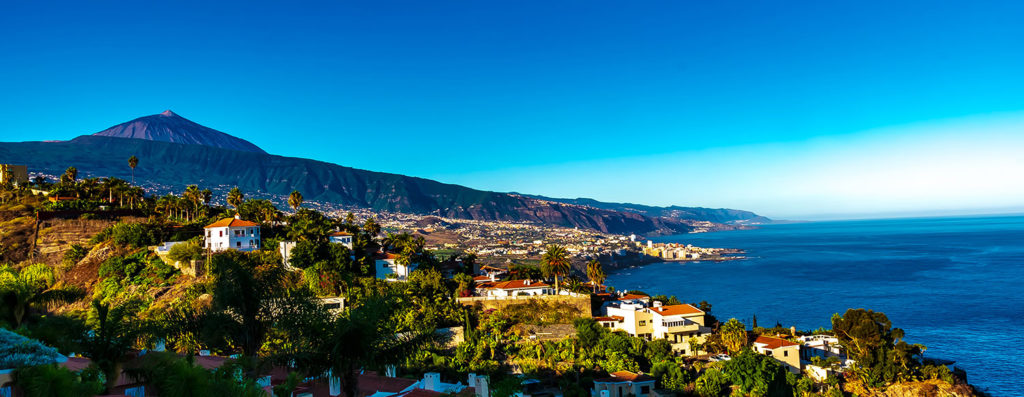
If you are in Puerto de la Cruz, line 348 can take you at 9:30 and return at 16:05 leaving by the cable car. Regarding how to get from Santa Cruz de Tenerife to Teide, there are no direct buses. Therefore, you will have to take a bus to Puerto de la Cruz and jump onto the 348.
Getting in a taxi may be another option. Travel rates are set by the taxi drivers themselves. To find out about them, you can contact them depending on the municipality where you are.
Recommendations
It is true that Tenerife lives up to its name of «island of eternal spring». But do not trust this. If your intention is to climb to the National Park, carry a coat, scarf and raincoat. Don’t forget the sunscreen and the cap neither, because radiation at that height is important. Although the day may be rainy on the coast, the sun will probably be the protagonist at the peak.
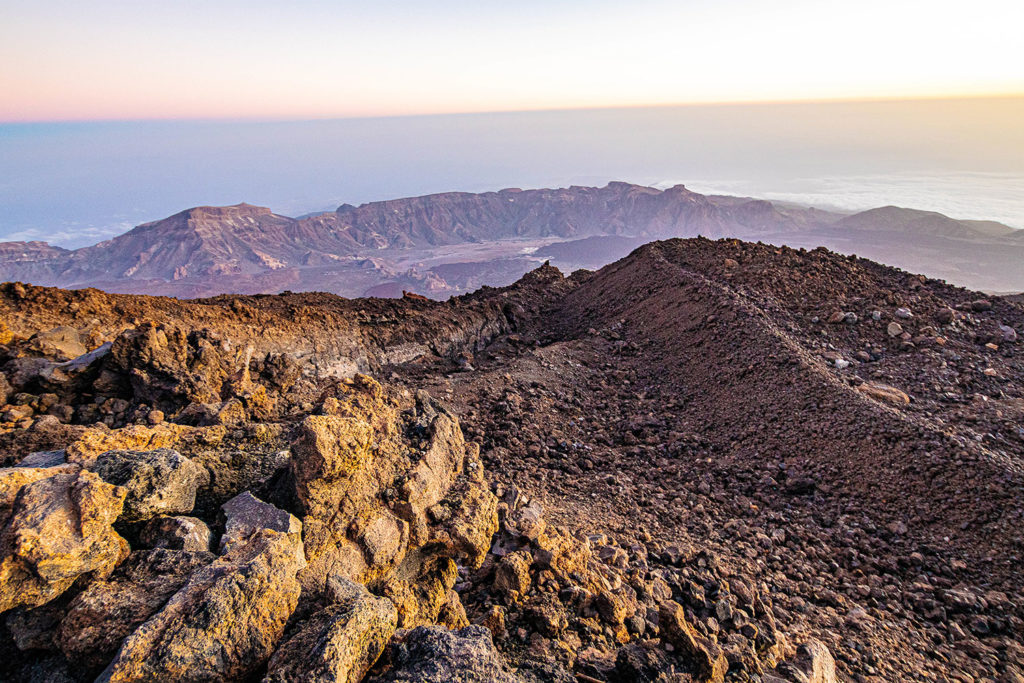
Do not forget to bring water or isotonic drinks, energy foods, fruit or nuts, as well as appropriate footwear. Not every type of shoe will take care of your feet from the paths of volcanic lava. Also, do not take volcanic stones because it is a landscape attack and is totally prohibited. The best souvenir is the one you take on the retina.
Do you really need more reasons to visit the largest volcano in Spain? Do not miss the opportunity to breathe its pure air and enjoy its curious and beautiful landscapes that will make you feel like being on Mars. The magic of Father Teide will undoubtedly make you fall in love.
Contact for bookings
Volcano Life. Phone: 637 365 429. Email: reservas@volcanolife.com.
National Park Visitor’s Center. Phone: 922 92 23 71. Email: teide.maot@gobiernodecanarias.org.
